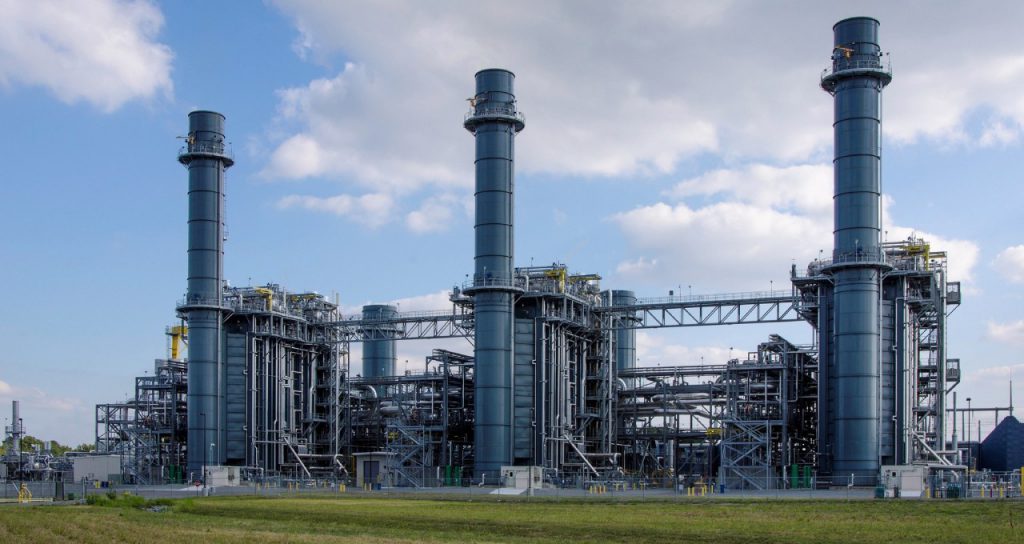Darkness imminent as power generation drops to 2,854.3MW

The electricity generation companies (Gencos) at the weekend produced “lowest generation of 2,854.3MW.”
The System Operation of the Transmission Company of Nigeria (TCN) that disclosed this on its website also said the peak generation that was recorded on August 23, 2019, was 4,439.8mw.
It added that energy recorded in that day was 86,033.72mwh, which is equivalent to 3,584.7MW.
At 6.a.m on Saturday, the Daily Operational Report showed that energy generation was at 3,183.2MW.
The decline in power generation was not unconnected to the electricity Distribution Companies (Discos) low demand for power, which culminated in the reduction of generation and zero level production of some of the Gencos.
The managing director of Nigeria Bulk Electricity Trading (NBET) Dr. Marilyn Amobi, had disclosed that in the context of the N701 billion power sector intervention fund, the federal government paid N105 billion as five percent to Gencos for unused electricity.
The payments, she said, were due to the power purchase agreements that government had with the companies.
It would be recalled President Muhammadu Buhari signed intervention of N600 billion for the power sector recently.
“The plan is at an advanced level and the fund has been signed by Mr. President. The President signed for the release of the intervention and it is an intervention of N600bn,” said the market operator of Transmission Company of Nigeria (TCN), Mr. Edmond Eje
The latest intervention is the third one so far carried out by the government after it officially handed over the distribution and generation arms of the power sector to private investors in November 2013.
On September 30, 2014, the federal government announced a loan of N213 billion to the privatized power firms.
On March I, 2017, the federal executive council also approved N701 billion as Power Assurance Guarantee for the Nigeria Bulk Electricity Trading Company (NBETC) for two years to pay the generation firms.
Eje was, however, not forthcoming whether N600 billion is specifically for the distribution, generation or transmission company.
“At this stage I’ll tell you that it is for the market. If the money is injected into the generation companies, it is for the market; if it is injected into the distribution companies, it is for the market. It is generally for the shortfall in the payment of monthly invoices.”






Leave a Reply